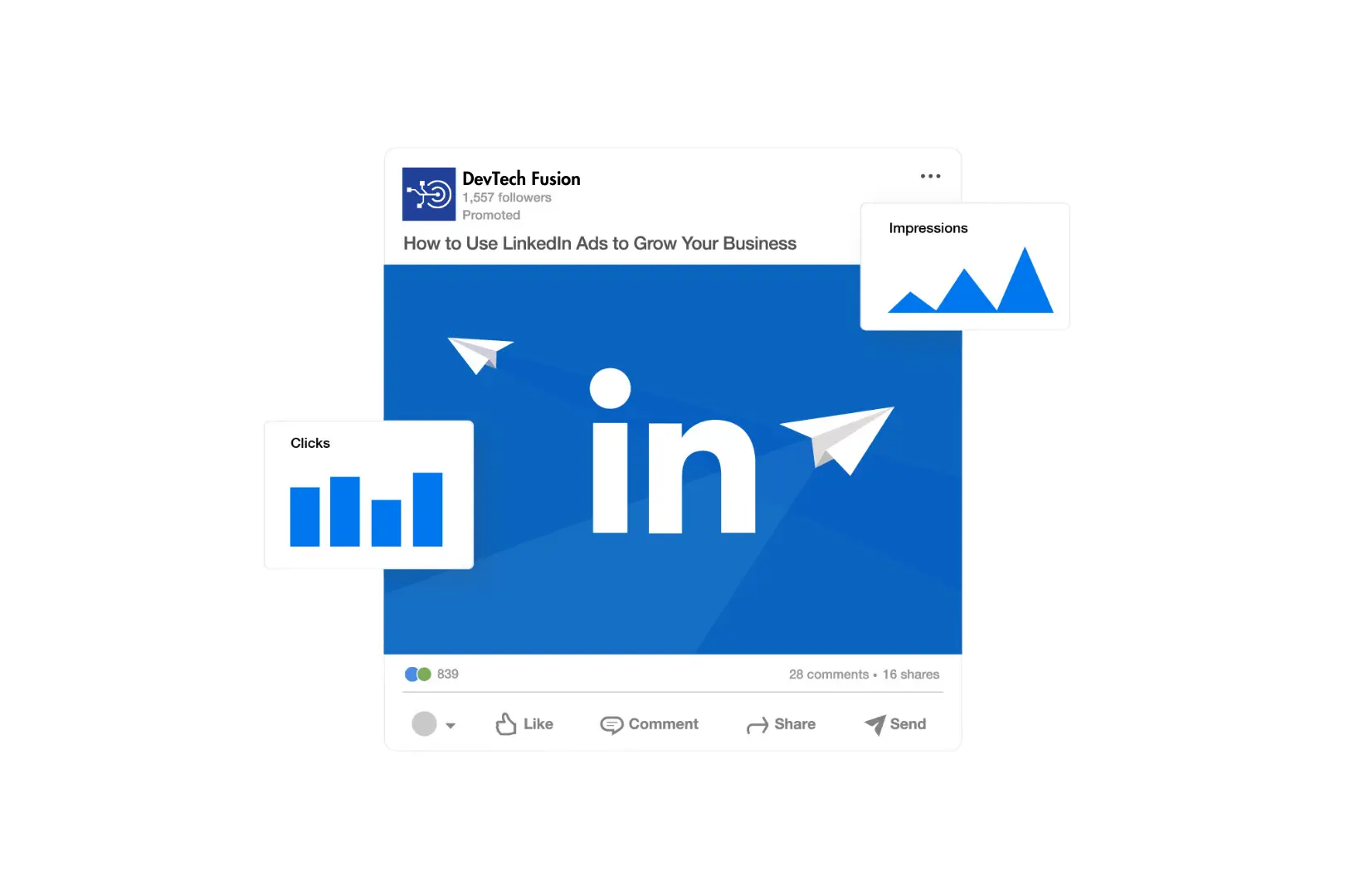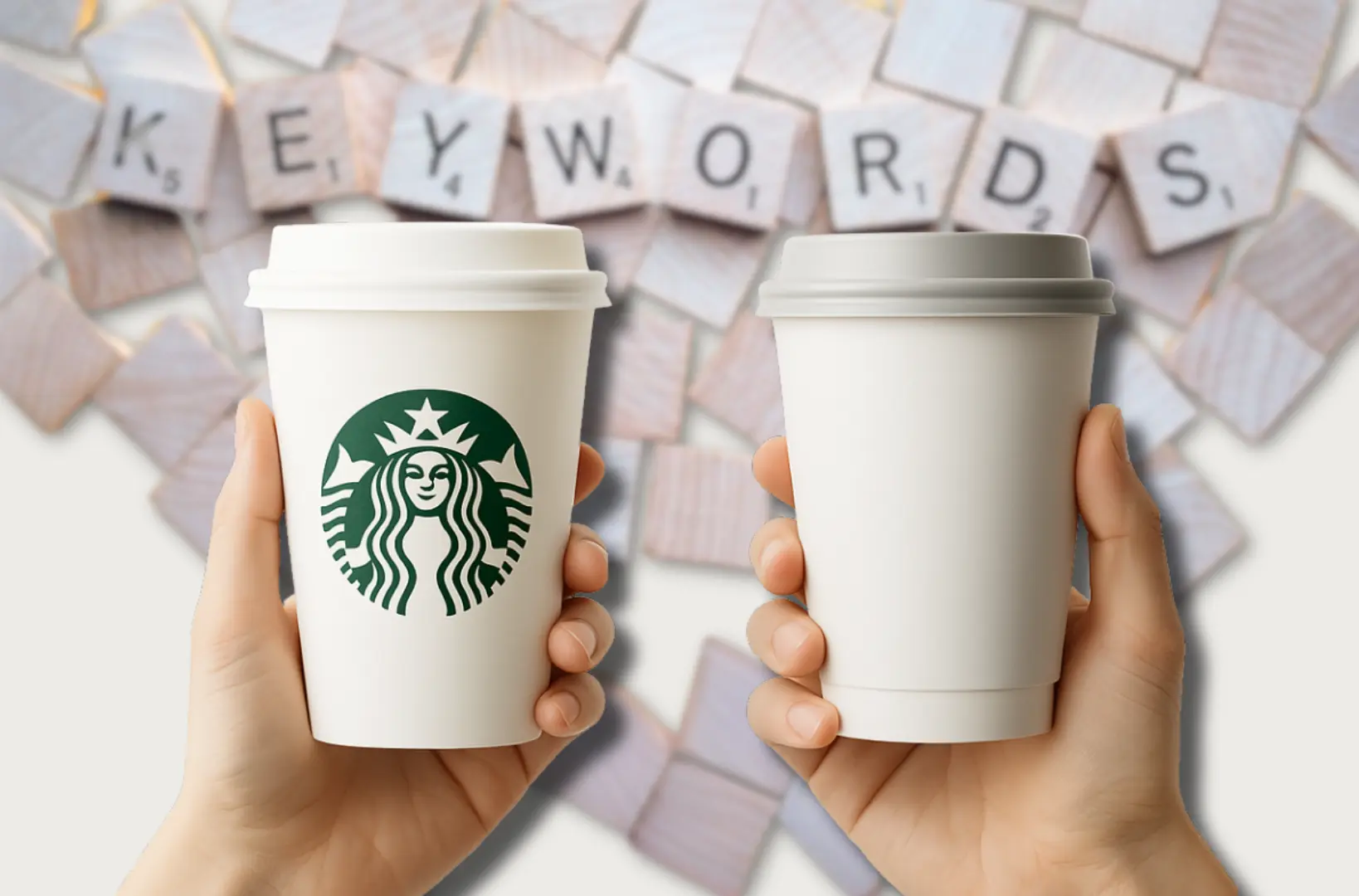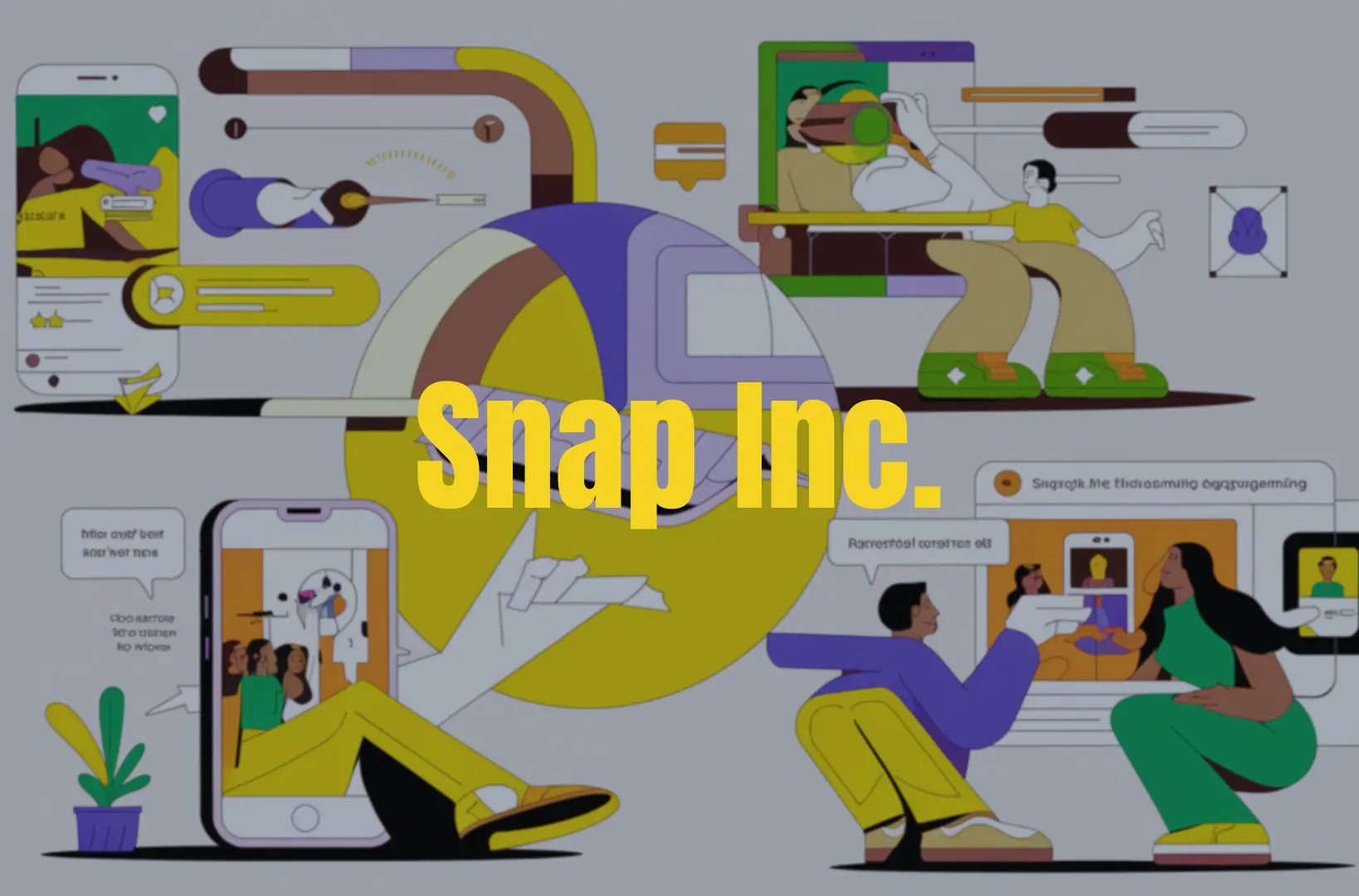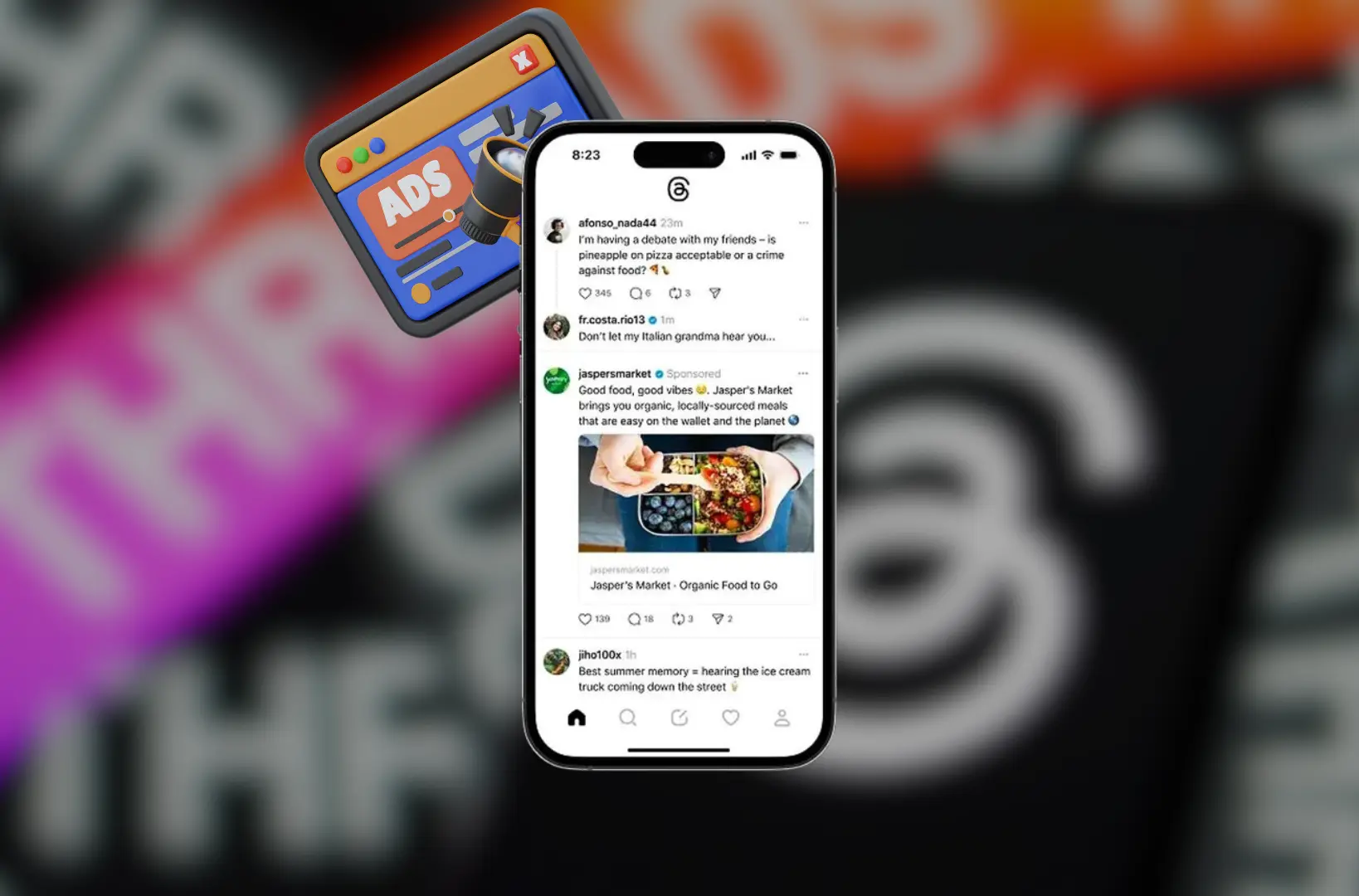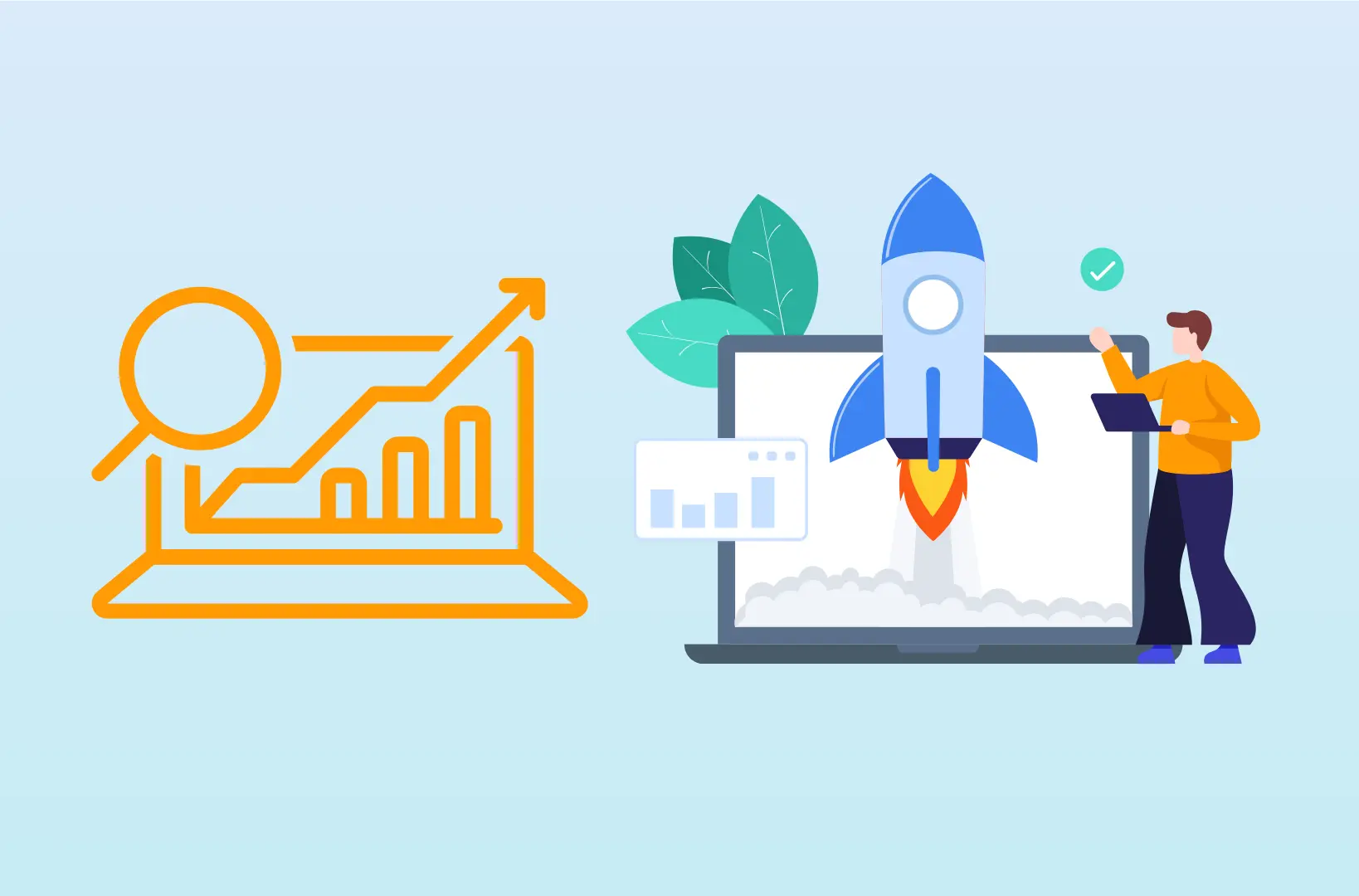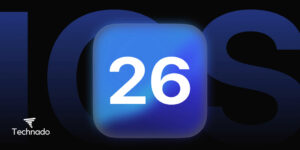In 2025, LinkedIn remains the premier platform for Business-to-Business (B2B) marketing, boasting over 900 million members worldwide. As more companies invest in LinkedIn as a vital part of their digital marketing strategy, competition continues to intensify. To stand out and drive results, it’s no longer enough to simply maintain a presence. B2B marketers must continuously evolve their strategies to harness the full potential of the platform’s vast network and advanced tools.
This blog delves into the top strategies, trends, and tactics that will empower businesses to thrive in LinkedIn’s dynamic B2B landscape in 2025.
1. Harnessing LinkedIn’s Advanced Targeting Capabilities
With LinkedIn’s sophisticated targeting features, B2B marketers can craft highly personalized strategies to engage their ideal audiences.
- Audience Segmentation: In 2025, LinkedIn’s targeting options are more refined, enabling marketers to segment audiences based on intricate criteria like job titles, industries, company sizes, and even behavioral traits. This allows you to create highly relevant content and ad campaigns that speak directly to the needs of specific buyer personas, driving better engagement and ROI.
- Account-Based Marketing (ABM): LinkedIn’s targeting is a goldmine for ABM strategies. By focusing on individual accounts and key decision-makers, marketers can deliver hyper-targeted ads that address specific business challenges, improving conversion rates and fostering long-term relationships.
2. Content Remains King, But Context is Essential
As B2B buyers become more discerning, it’s crucial that the content shared on LinkedIn adds value while aligning with their interests and business needs.
- Thought Leadership and Educational Content: Share high-quality, industry-specific insights that help buyers make informed decisions. Position your brand as an expert by publishing whitepapers, case studies, and research reports that demonstrate your deep understanding of the industry.
- Video Content: Video remains one of the most engaging forms of content on LinkedIn. Beyond product demonstrations, use video to tell compelling stories, offer behind-the-scenes looks at your company, or share customer success stories that resonate with your audience.
- Long-Form Content and LinkedIn Articles: While short-form posts are great for quick updates, long-form content is gaining momentum. Articles and detailed posts allow you to dive deep into topics that matter to your audience, giving your brand the chance to showcase its expertise and provide real solutions to business challenges.
3. Mastering LinkedIn Ads for Maximum Impact
Paid advertising on LinkedIn continues to be one of the most powerful tools for reaching a targeted audience. However, in 2025, successful ads must be strategically crafted and finely tuned.
- Sponsored Content: Sponsored posts should seamlessly blend into the LinkedIn feed, offering compelling narratives rather than hard-sell messages. Focus on storytelling to drive organic engagement, rather than simply promoting products or services.
- Carousel Ads and Dynamic Ads: These formats allow you to tell a story over multiple slides or create personalized experiences that reflect the unique interests of each user. Carousel ads are ideal for showcasing diverse offerings, while dynamic ads can be customized to suit each viewer’s LinkedIn profile, improving relevance and engagement.
- LinkedIn Lead Gen Forms: One of LinkedIn’s most effective tools for B2B marketers, lead gen forms allow users to submit their information directly within the platform, simplifying the lead capture process and improving conversion rates. Pre-filled forms make it easy for prospects to share their details with minimal effort.
4. Personalized Outreach and Relationship Building
In 2025, B2B marketing on LinkedIn is increasingly centered on building meaningful, personalized relationships rather than relying on transactional sales tactics.
- InMail Campaigns: LinkedIn InMail offers a direct line to your target audience, but personalization is key. Avoid generic pitches; instead, tailor your messages to the recipient’s pain points and offer solutions that demonstrate your understanding of their needs.
- Networking and Engagement: Engage meaningfully with prospects, clients, and industry influencers by sharing their posts, commenting on relevant discussions, and offering insights. Building authentic relationships increases your visibility, fosters trust, and positions your brand as a thought leader in your field.
5. Leveraging LinkedIn Groups and Communities
LinkedIn Groups are an underutilized resource for connecting with niche audiences and sharing high-value content in targeted communities.
- Active Group Participation: Join industry-specific LinkedIn Groups and contribute consistently by commenting on discussions, sharing valuable resources, and offering advice. This positions your company as a helpful resource and opens up opportunities for organic engagement with potential leads.
- Creating Your Own LinkedIn Group: If your business has the bandwidth and expertise, consider launching your own LinkedIn Group. This allows you to foster a dedicated community around your brand, where members can discuss industry trends, share challenges, and engage with your content regularly.
6. Data-Driven Insights for Smarter Marketing
As LinkedIn’s advertising and content tools become more sophisticated, data-driven marketing becomes paramount. B2B marketers must leverage insights from LinkedIn’s analytics to continually optimize their strategies.
- A/B Testing: Regularly test various elements of your LinkedIn campaigns, including headlines, creatives, and CTAs. This allows you to fine-tune your approach, ensuring your content resonates with your target audience and drives conversions.
- LinkedIn Analytics: Take full advantage of LinkedIn’s in-depth analytics tools to track key metrics such as engagement, clicks, and conversions. Use this data to measure success, adjust campaigns, and continuously improve your strategy.
7. Embracing AI and Automation for Efficiency
AI and automation are playing an increasingly important role in scaling LinkedIn B2B marketing efforts while maintaining a personalized approach.
- AI-Powered Ads: LinkedIn’s advertising platform leverages AI to optimize ad targeting and performance. Use AI-driven insights to identify the best-performing content and adjust your campaigns in real-time for maximum impact.
- Automated Outreach with LinkedIn Sales Navigator: Tools like LinkedIn Sales Navigator help automate lead generation and outreach, allowing you to efficiently identify and engage with prospects without sacrificing the personal touch.
8. Customer-Centric Content and Social Proof
In 2025, B2B buyers expect brands to understand their unique challenges and provide customized solutions. Highlighting real-world results is a great way to build credibility.
- Case Studies and Client Testimonials: Showcase detailed case studies that demonstrate how your products or services have solved specific business problems. Testimonials from satisfied clients add social proof, strengthening trust with your audience.
- Interactive Content: Use polls, surveys, and quizzes to engage your audience in a two-way conversation. This provides valuable feedback and insights, while also making your content more interactive and engaging.
9. Adapting to LinkedIn’s Continuous Evolution
LinkedIn is constantly evolving, with new features and tools regularly introduced. To stay ahead, B2B marketers must remain agile and adapt to these changes.
- Stay Ahead of the Curve: Keep up with LinkedIn’s updates, as the platform frequently adds new features that can provide fresh opportunities for engagement and conversion. Being an early adopter of new tools gives you a competitive edge.
Conclusion
To thrive in B2B marketing on LinkedIn in 2025, businesses need a comprehensive strategy that leverages advanced targeting, valuable content, and cutting-edge advertising tools. Fostering relationships through personalized outreach, using data to drive decisions, and embracing AI and automation will help businesses maintain an edge in a crowded marketplace. By staying customer-focused, continually adapting to new features, and providing real value to your audience, your business can achieve long-term growth and success on LinkedIn.

Jahanzaib is a Content Contributor at Technado, specializing in cybersecurity. With expertise in identifying vulnerabilities and developing robust solutions, he delivers valuable insights into securing the digital landscape.
